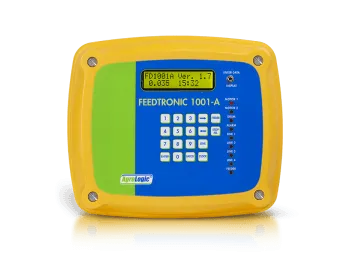Sedation tablets are often prescribed for dogs that exhibit signs of anxiety, fear, or aggression in specific situations. Common scenarios include




